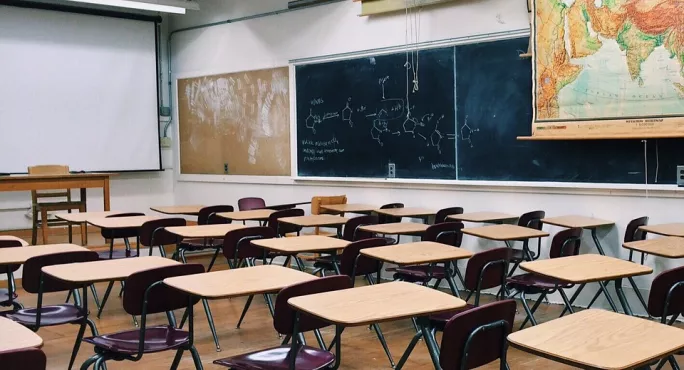The proportion of pupils taking unauthorised absence to go on holiday has risen to its highest level since records began, new government data shows.
The DfE data released today shows a continuing rise from previous records.
Quick read: ‘Why students’ attendance should be celebrated’
Viewpoint: Why rewarding 100% attendance can be damaging
Background: Term-time holiday fines rise 75% in crackdown
The absence rate is defined as the total number of half-days when pupils are absent as a percentage of the total number of possible half-days for all pupils.
It shows that the unauthorised holiday absence rate has continued to increase slightly but remains at 0.3 per cent when rounded to 1 decimal place.
However, unauthorised absences for all reasons has remained stable at 1.2 per cent.
And the overall absence rate in state-funded primary, secondary and special schools has decreased from 4.7 per cent in the 2017-18 autumn and spring terms to 4.5 per cent in 2018-19 autumn and spring terms. This decrease is consistent across school types.
From September 2013, amended regulations stated that term-time leave may only be granted in exceptional circumstances, which explains the sharp fall in authorised holiday absence between 2012-13 and 2013-14.
The data released today also shows that absence rates vary by school type: overall absence in primary schools was 3.9 per cent, in secondary schools was 5.2 per cent and in special schools was 10.1 per cent.
The total number of days missed due to absence was 41 million and the average number of days missed per enrolment was 5.8 days.




